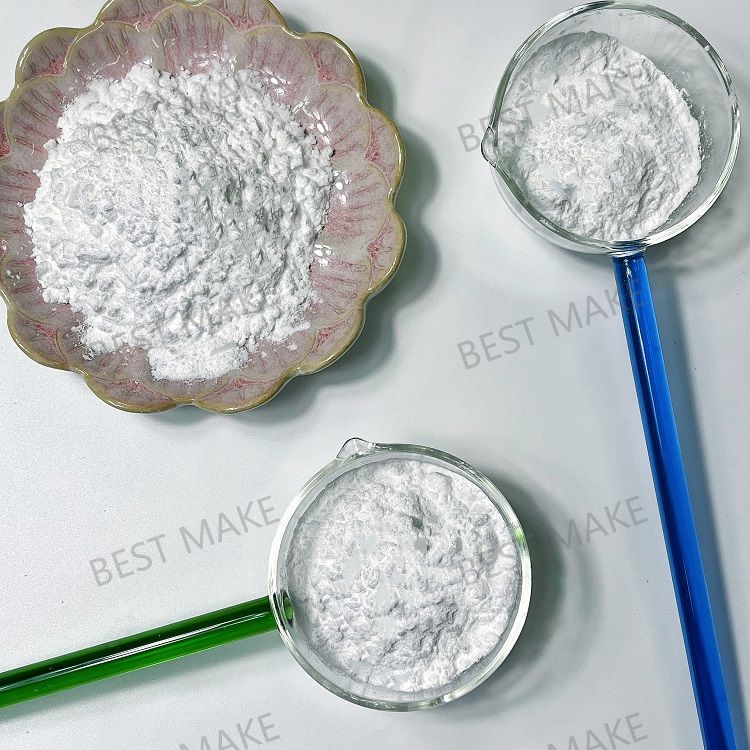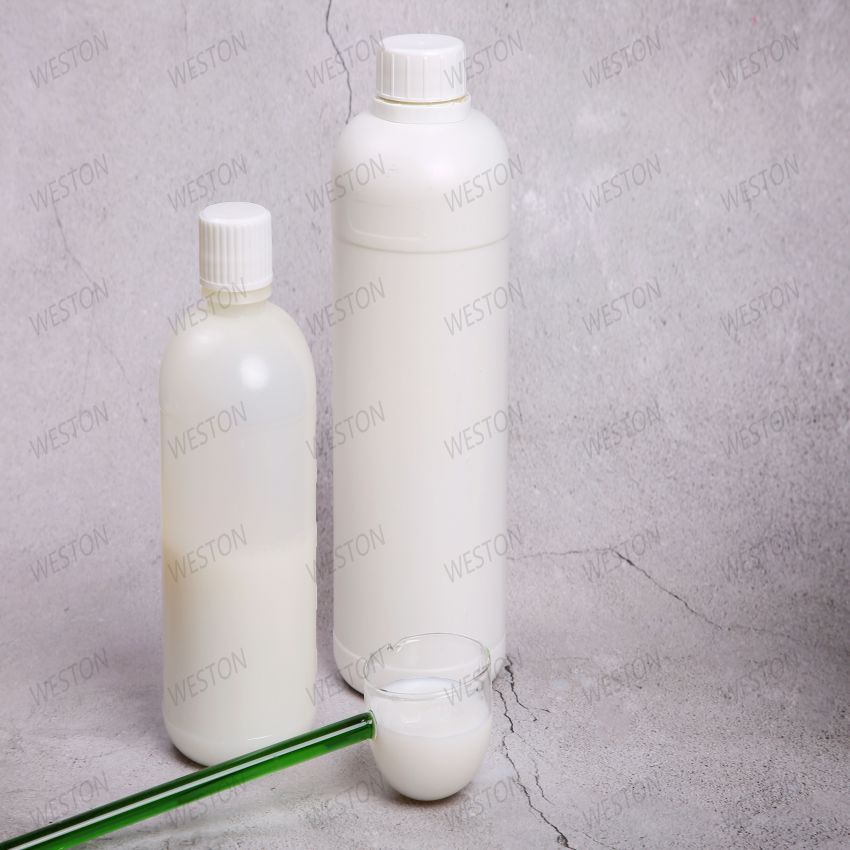-
Categories
-
Pharmaceutical Intermediates
-
Active Pharmaceutical Ingredients
-
Food Additives
- Industrial Coatings
- Agrochemicals
- Dyes and Pigments
- Surfactant
- Flavors and Fragrances
- Chemical Reagents
- Catalyst and Auxiliary
- Natural Products
- Inorganic Chemistry
-
Organic Chemistry
-
Biochemical Engineering
- Analytical Chemistry
- Cosmetic Ingredient
-
Pharmaceutical Intermediates
Promotion
ECHEMI Mall
Wholesale
Weekly Price
Exhibition
News
-
Trade Service
Amino acid nitrogen refers to nitrogen in the form of amino acids, and its content is an important index for the classification of soy sauce products
.
This training uses the formaldehyde value method (according to "GB/T5009.
39-2003 Soy Sauce Hygienic Standard Analysis Method")
.
1.
Purpose requirements
(1) Understand the concepts of amino acids and amino acid nitrogen
.
(2) Clarify the basic principles and calculation methods of the formaldehyde value method
.
(3) Grasp the essentials for the determination of amino acid nitrogen in soy sauce by the formaldehyde value method
.
(4) Be proficient in using magnetic stirrer, acidity meter, micro burette and other instruments and equipment
.
2.
Measurement principle
Amino acids have acidic —COOH groups and basic —NH 2 groups, which interact to make amino acids become neutral internal salts
.
When the formaldehyde solution is added, the -NH 2 group combines with the formaldehyde to make its alkalinity disappear
3.
Training supplies
(1) Acidity meter
.
(2) Magnetic stirrer
.
(3) Micro burette (10mL)
.
(4) Formaldehyde solution (36%): no polymer
.
(5) Sodium hydroxide standard solution (0.
0500mol/L)
.
4.
Safety tips
Formaldehyde is toxic and volatile.
Wear a mask during the experiment, operate in a fume hood, and keep the laboratory well ventilated
.
5.
Operation steps
(1) Sampling and sample processing
①Sampling:
Bottled soy sauce: 1 bottle is drawn randomly
.
Bulk soy sauce: After mixing, extract about 500mL into a clean, dry airtight container
.
②Sample dilution: Draw 5.
0mL sample, place it in a 100mL volumetric flask, add water to the mark, mix well and make a constant volume for later use
.
(2) The device is ready to install the titration device and calibrate the pH meter as required
.
(3) Determination
①Sample titration: Take 20.
0mL sample diluent, place it in a 200mL beaker, add 60mL of water, put in the stirring rod, place on the magnetic stirrer, insert the electrode, and start the magnetic stirrer
.
Titrate with 0.
②Blank titration: Take 80mL of water, titrate with 0.
0500mol/L NaOH standard solution to pH 8.
2, then add 10.
0mL formaldehyde solution, mix well, continue titration with 0.
0500mol/L NaOH standard solution to pH 9.
2, Note down the volume of sodium hydroxide standard solution consumed
.
6.
Result calculation
In the formula, w——the content of amino acid nitrogen in the sample, g/100mL
c——The concentration of sodium hydroxide standard solution, mol/L
V 1 ——Determine the volume of sodium hydroxide standard solution consumed after adding formaldehyde to the diluent of the sample, mL
V 2 ——The volume of sodium hydroxide standard solution consumed after adding formaldehyde in blank experiment, mL
V 3 ——The amount of sample diluent taken, mL
0.
014-1/2N 3 millimolar mass, g/mmol
The calculation result retains two significant digits
.
The absolute difference of the two independent determination results obtained under repeated conditions should not exceed 10% of the arithmetic mean
.
7.
Tips
(1) The colorimetric method can also be used for the determination of amino acid nitrogen in soy sauce (see GB/T5009.
39-2003)
.
(2) To control the appropriate titration rate
.
Because the detection speed of the pH meter is relatively slow, continuous titration cannot be performed
(3) When inserting the electrode, do not touch the stirring rod of the magnetic stirrer to avoid damage







